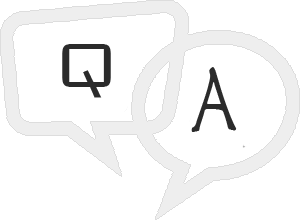
- SAP SRM - Home
- SAP SRM - Overview
- SAP SRM - Navigation
- SAP SRM - Functions
- SAP SRM - Software Components
- SAP SRM - Deployment Options
- SAP SRM - Contract Management
- SAP SRM - Creating Central Contract
- SAP SRM - Bid Invitation
- Quotation & Live Auction Cockpit
- SAP SRM - Procurement
- Invoicing And Purchase Order
- SAP SRM - Shopping Cart
- SAP SRM - Supplier Self-Service
- SAP SRM - Post Installation For LAC
- Configuring Single Sign-on
- SAP SRM - Supplier Evaluation
- SAP SRM - MDM Catalog Upgrade
- SAP SRM - Security
- SAP SRM - System Landscape
- Network & Communication Security
- SAP SRM - Auditing & Logging
SAP SRM Online Quiz
Following quiz provides Multiple Choice Questions (MCQs) related to SAP SRM. You will have to read all the given answers and click over the correct answer. If you are not sure about the answer then you can check the answer using Show Answer button. You can use Next Quiz button to check new set of questions in the quiz.

Q 1 - What does SAP SRM stands for as part of SAP ERP?
A - Service Request Management
B - Software Relationship Management
Answer : C
Q 2 - Which of the following is an example of Partner Function?
Answer : B
Q 3 - Which of the following contract type contains header data and conditions and you cant put line items and cannot be distributed to a catalog?
Answer : A
Explanation
Now if you define a contract as basic contract, it only contains header data and conditions and you cant put line items and cannot be distributed to a catalog.
Q 4 - Which of the following is not a standard scenario that is available under Supplier Relationship Management?
Answer : C
Q 5 - Using transaction, you can replicate vendor from backend system into vendor organization?
Answer : A
Answer : A
Q 7 - In which of the following function, suppliers are provided with access to purchasers procurement system and they are able to provide fast response?
Answer : B
Explanation
Supplier self-service is one of the component in SRM that shortens the procurement life cycle time and reduce the costing of procurement process. In SUS, suppliers are provided with access to purchasers procurement system and they are able to provide fast response.
Q 8 - Which of the following is used to define numbers for local bid invitations for RFQs in bidding engine and LAC?
Answer : B
Q 9 - To perform Supplier Self Service SUS, which of the following additional component is required for supplier collaboration?
Answer : A
Q 10 - In SAP SRM, where do you use service hierarchies?
A - In SUS for Sales Order creation
B - In SUS for Sales Order creation and Confirmation